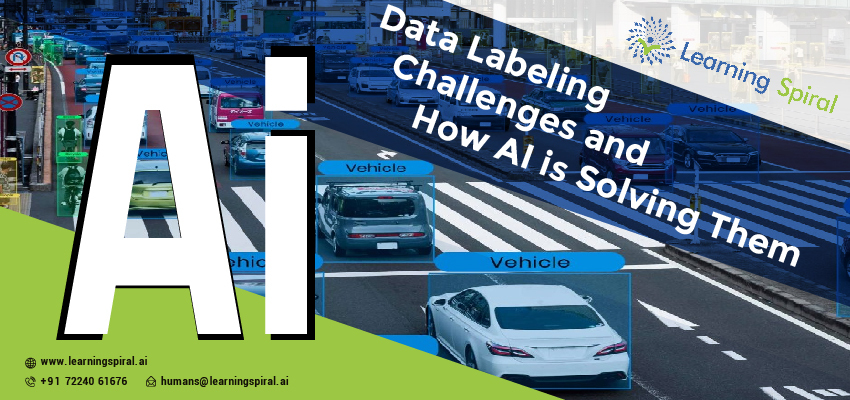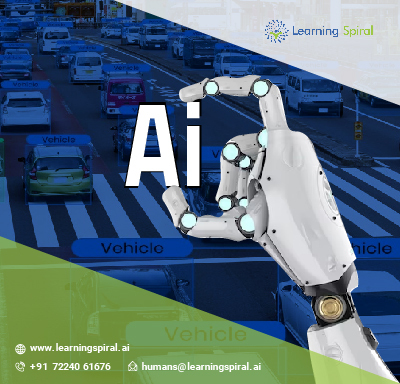
The foundation of robust AI models lies in high-quality labeled data. Data labeling, the meticulous process of tagging data with relevant information, plays a critical role in training these models.
However, data labeling comes with its own set of challenges that can hinder the efficiency and effectiveness of AI development. Thankfully, advancements in AI are emerging as potential solutions to these very roadblocks.
Scaling the Mountain of Data:
One of the biggest challenges in data labeling is the sheer volume of data required to train sophisticated AI models. Manually tagging massive datasets can be time-consuming, expensive, and prone to human error.
Imagine labeling millions of images for self-driving cars, each requiring precise object detection and localization.
AI to the Rescue:
- Active Learning: This approach utilizes AI algorithms to prioritize the most informative data points for human labeling. The model itself can suggest which data points hold the most value for learning, saving human annotators time and effort.
- Transfer Learning: Pre-trained AI models can be leveraged to perform initial labeling, reducing the workload for human annotators. The human team can then focus on refining and correcting these initial labeling, making the process more efficient.

Consistency is Key:
Maintaining consistency in data labeling is crucial for accurate and unbiased AI models. However, human annotators can introduce variations in their labeling practices, leading to inconsistencies within the data.
AI Steps In:
- Automated Quality Control: AI can analyze the labeled data and identify inconsistencies based on pre-defined rules. This allows for flagging discrepancies and enables human review to ensure consistency throughout the dataset.
- Consensus Mechanisms: AI platforms can implement consensus mechanisms where multiple annotators label the same data point. Inconsistencies can then be identified and addressed through discussions or voting systems, leading to more consistent labeling.
The Human Touch Remains Essential:
While AI is revolutionizing data labeling, it’s important to remember that human expertise remains irreplaceable. Complex tasks requiring judgment and understanding of context, such as sentiment analysis or image interpretation with ambiguity, still require human intervention.
AI as a Collaboration Tool:
- Augmentation, not Replacement: Rather than replacing human annotators entirely, AI can augment their capabilities. Intelligent tools can automate repetitive tasks and suggest potential labels, empowering human experts to focus on complex judgment calls.
- Semi-supervised Learning: Combining labeled data with unlabeled data through AI techniques can help expand training datasets. This approach leverages the power of human expertise while extending the reach of limited labeled data.
The Future is Collaborative:
The future of data labeling likely lies in a collaborative approach where AI and human intelligence work in tandem. AI will handle tedious tasks, ensure consistency, and prioritize informative data points, while human expertise will be employed for nuanced labeling and overall quality control.
Beyond the Technical Challenges:
Data labeling challenges extend beyond technical hurdles. Ethical considerations concerning data privacy and the treatment of human annotators need to be addressed as well.
- Data Privacy: Ensuring the ethical use and security of data during the labeling process is paramount. Regulations and responsible data practices are crucial.
- Fair Compensation and Work Practices: Data labeling, workers play a vital role, and fair compensation alongside clear career progression opportunities will be essential to attract and retain skilled talent in this growing field.
In conclusion, data labeling will continue to play a critical role in fueling AI development. By leveraging AI solutions to overcome existing challenges and fostering a human-AI collaboration model, we can pave the way for the development of more powerful, efficient, and ethical AI applications.
With this collaborative approach, data labeling will remain the cornerstone of building robust and trustworthy AI systems that shape the future.

